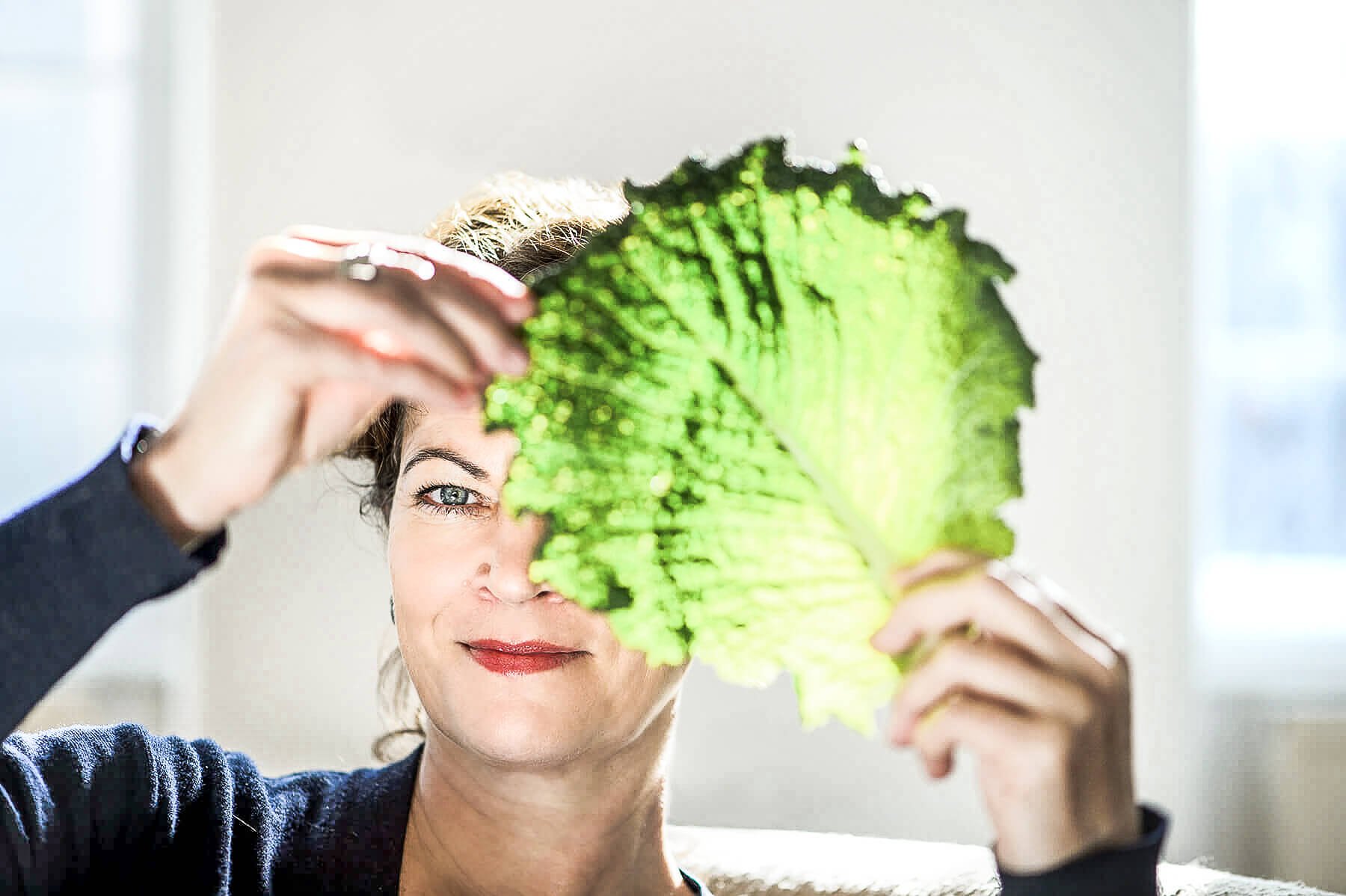These are the Food Trends 2023
IMAGE: FUTUREFOODSTUDIO | NICOLE HEILING
The world of food is accelerating, and restaurateurs, retailers and manufacturers need to make sure they don’t lose touch. Good thing Hanni Rützler has now published the latest Food Report 2023. For the tenth time in a row, the renowned food trend researcher analyzes global food hypes and developments – even in these turbulent times! This exciting report was written in collaboration with cultural studies expert Wolfgang Reiter and offers comprehensive guidance on how to successfully position yourself in an increasingly complex environment. “It’s all about using food trends as a tool that allows players in the food industry to make better decisions for the future,” says the researcher.
SUSTAINABILITY IS THE OVERARCHING TOPIC
According to Hanni Rützler, three major food trends are emerging in 2023, and each of them is related to the major overarching theme: sustainability. The first trend is called new glocal. This describes the current shift in global food trade towards regional agricultural structures, shorter and more transparent supply chains and a focus on domestic markets.
Image: futurefoodstudio | Thomas Wunderlich
The second trend is “veganizing” recipes”. The report describes in detail how many ways traditional dishes have been reinterpreted as vegan and which products are used in the process. The Food Report singles out regenerative food as the third major trend. This is food that comes from sustainable agriculture, which focuses on biodiversity and soil regeneration.
THE FOOD TREND MAP SHOWS AN OVERVIEW OF ALL TRENDS
However, there are many more smaller and larger trends. The tried-and-true food trend map addresses all of them.
Image: Zukunftsinstitut
For the first time this year, it groups the trends into clusters, thereby making their multi-layered interrelationships even more visible. The trends are brought to life by the numerous best-practice examples from all over the world. Smart restaurant concepts and innovative producers illustrate how these major trends are becoming a reality and provide inspiration for future-oriented actions. This time, a great deal of space is devoted to farms that handle their resources with care, which means they can continue to supply their versatile products at a high quality standard in the future.
Image: AdobeStcok | JackF
MEAT SUBSTITUTE HAS POTENTIAL
In addition to the three major trends, Hanni Rützler has also identified two dominant themes. The first is meat. The focus here is on how we consume meat today and the many creative ways it is now being replaced and replicated. This is an increasingly significant market, even though there still isn’t a satisfying beef steak substitute emerging from the manufacturers’ printers. In this area, selected best-practice examples also demonstrate what is already possible today.
In addition, an entertaining historical foray provides a timeline of meat substitutes from the year 535 to the present. As an added bonus, the overview of alternative cell culture manufacturers also includes fish and dairy products. The use of algae and insects as well as microbial fermentation are highlighted in detail – with interesting best practice examples included.
SOCIAL MEDIA BOOSTS LIVELY FUSION CUISINE WITH INGREDIENTS FROM AROUND THE WORLD
The second topic is fusion. “While the trend towards greater regionality and locality continues to strengthen at the source product level, we are seeing more and more internationalization on the food level,” it says in the report. Spurred on by social media, products and preparation methods from kitchens all over the world are being mixed and matched in a vibrant and colorful way. Appetizing real-life examples make you want to try them out.
Image: futurefoodstudio | Nicole Heiling
Last but not least, the new Food Report offers special insight into the food retail sector. Real-life examples again help to broaden the view. The best thing: No one has to watch the trends passively – on the contrary!
“The future – despite all the unplannable coincidences – doesn’t just come to us. It arises in our thoughts and actions, which in turn are based on our values and deeds.”
These are the most important food trends 2023 at a glance:
1. New Glocal: the global food trade will become much more sustainable
2. Veganizing Recipes: classic dishes are given a new vegan interpretation
3. Regenerative Food: sustainable food does not always have to be organic
Source: ktchnrebel
Author: BARBARA E. EULER






